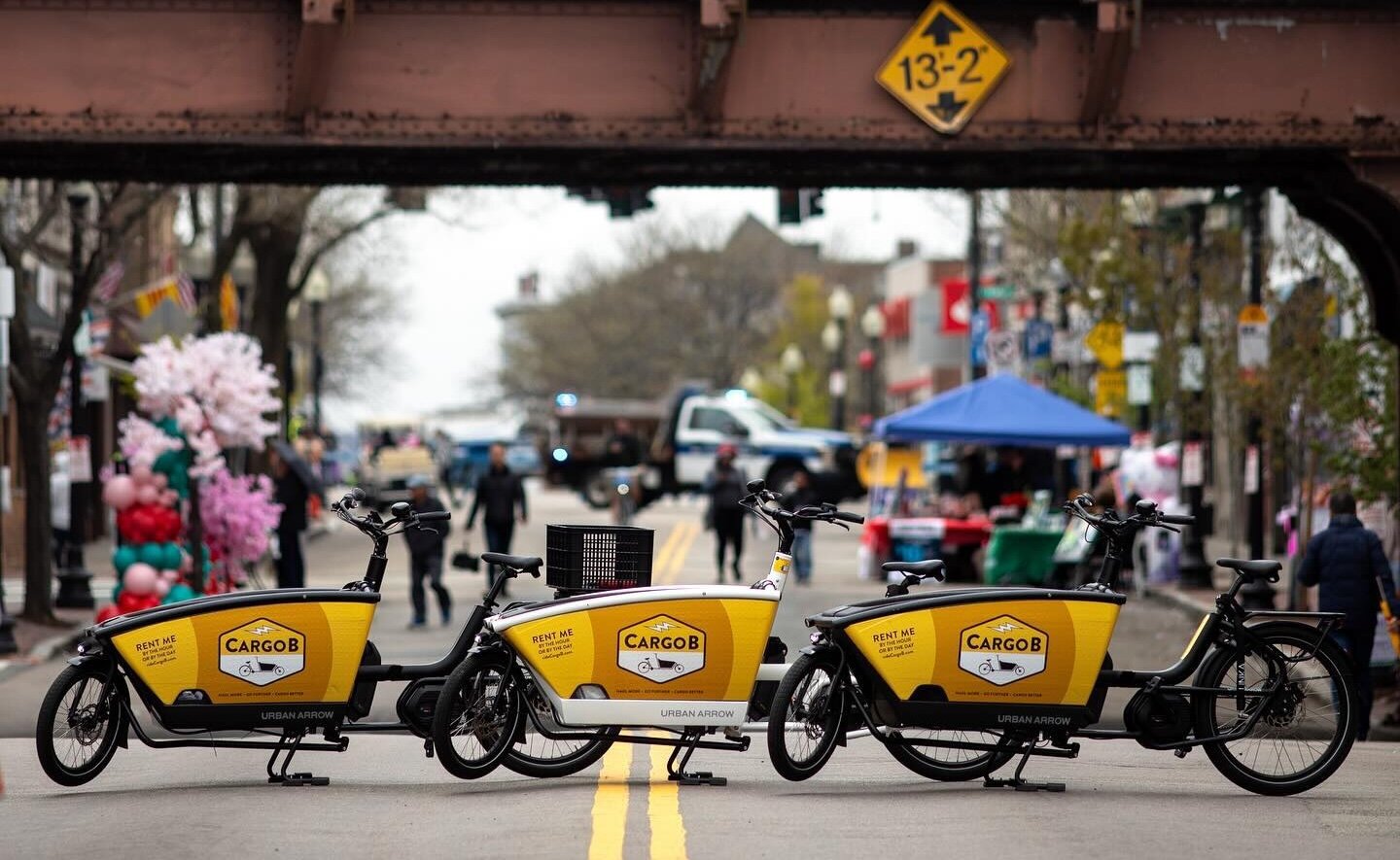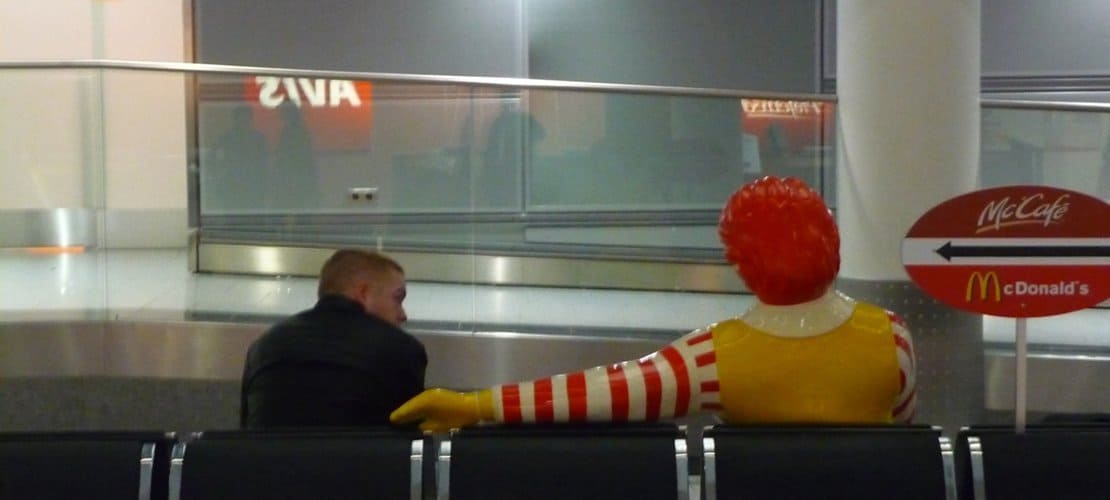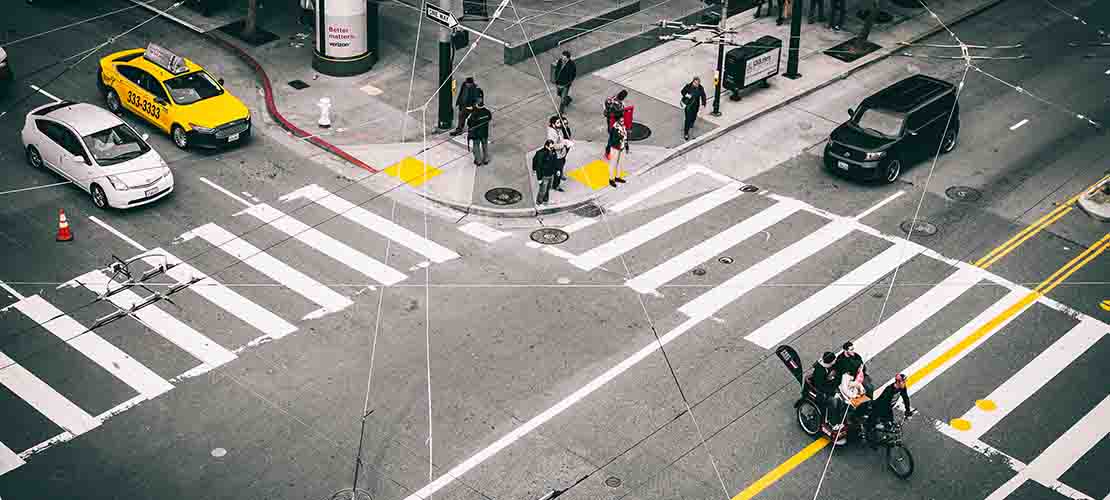During the pandemic, homebound Americans more than doubled their food delivery orders, largely through third-party apps like Seamless and UberEats. While Covid-19 lockdowns may have hastened the apps’ growth, economists have tracked a dramatic uptick in the use of such platforms over the past five years.
But the convenience of these apps masks an inherently predatory nature, with crippling fees and dubious business practices that afflict restaurants and delivery drivers alike. Commission fees can account for about 15 to 30 percent of an order’s sales, and major companies including Grubhub have been sued for alleged sneaky practices to ramp up fees. Delivery drivers—who are considered independent contractors—often earn low wages for minimal protections from the companies.
In this fraught environment, some restaurants are fighting back.
Owners and workers across the country, from Ohio to Nebraska to Washington, D.C., are now pooling their resources to launch alternative delivery models in their own communities. Many have emerged as cooperatives, where the eateries pay membership fees to fund operating costs and driver and dispatcher salaries. They in turn receive ownership responsibilities and a yearly share of profits.
Restaurant veterans in Lexington, Kentucky, for example, established a subscription-based model in summer 2020 with Delivery Co-op. Currently, eight restaurants pay $300 per month to participate, while around 400 customers pay $25 a month to use the delivery service with no extra fees. Those funds go toward operating costs and over $20 per hour for drivers, who are full-time employees of the company. After three months on the job, drivers are eligible for medical insurance, and after one year, they qualify for profit-sharing options.
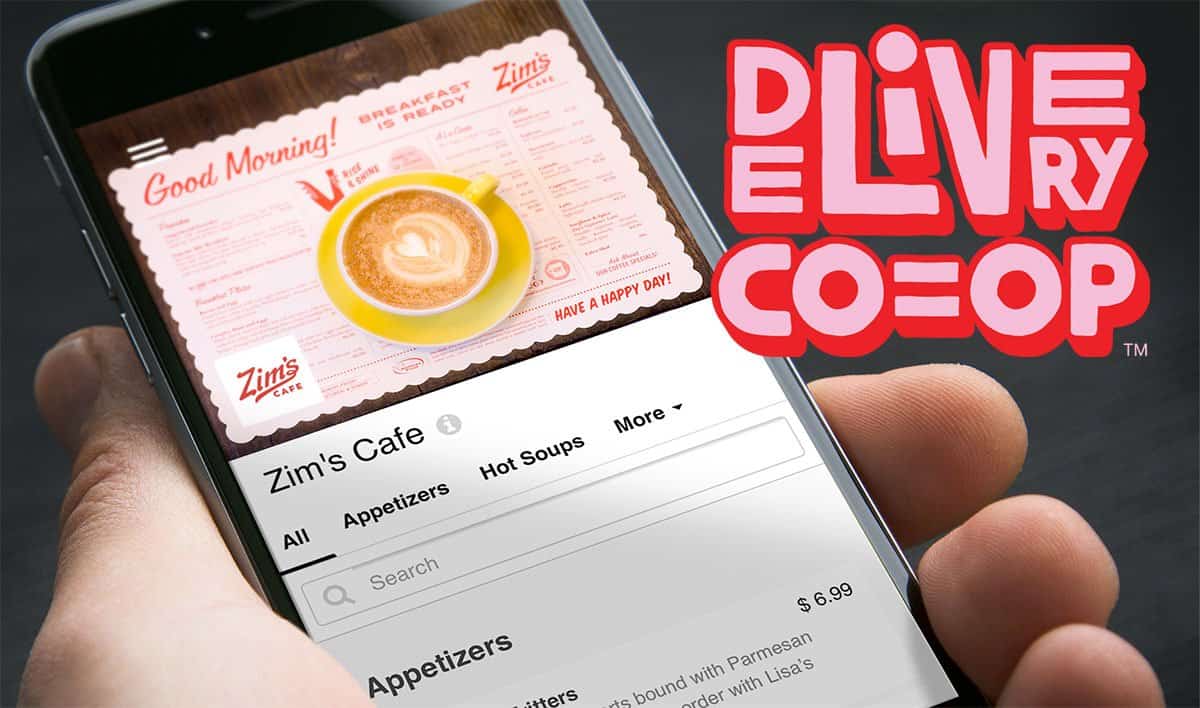
That model ensured that line cook Allen Pingay could pay his bills after being let go from his job at a Lexington steakhouse when Covid-19 hit. During peak delivery times at the height of winter, Pingay worked about 35 hours a week driving for Delivery Co-op.
“That really boosted me. I was able to get back on my feet, and actually see the light at the end of the tunnel,” he said. Since spring rolled around, Pingay now drives on a part-time basis while exploring new cooking opportunities.
The customer subscription price tag may seem tough to swallow, especially with fewer than 10 restaurants currently on the books, said Delivery Co-op director Aaron Withers. But the average DoorDash user can pay $25 in fees over just two or three orders.
As of mid-April, the company completed over 2,000 deliveries worth about $105,000, and plans to work with up to 50 restaurants and potentially 11,000 customers in Lexington alone, Withers said. Long-term, Delivery Co-op could also provide its business model and platform design to restaurant communities in Louisville, New York City and Washington, D.C.
Last November, restaurateurs in Dayton, Ohio, formed 937 Delivers, a locally run and operated cooperative named for the city’s main area code, with startup funds from the nonprofit Co-op Dayton. As of April, 937 Delivers includes 20 restaurants that contribute $300 a month, plus $2 per delivery. Customers living in a six-mile radius of downtown Dayton can pick a participating restaurant on the co-op’s website, and pay a flat $6.50 fee per delivery. As of mid-March, 937 Delivers said it completed over 5,500 sales worth over $185,000—all of which has stayed within the community.

Restaurant owners partnering with 937 Delivers said their co-op fees come out to between 8 percent and 14 percent of monthly sales. Compare that to their DoorDash fees, which can top 30 percent of sales.
Representatives for the top three delivery apps—DoorDash, Uber Eats and Grubhub—all defended their commission fee structures. In statements, they asserted that those funds cover platform operating fees and fair wages for drivers. Meanwhile, reports have revealed how most DoorDash contract workers actually earn less than $2 per order, after expenses.
Since early 2020, all three have invested millions of dollars and developed new products for restaurants to process and accept online orders through their own websites, or use their own delivery drivers. The companies also waived or lowered commission fees through part of 2021, spokespeople said.
But even a 15 percent fee is much greater than a normal restaurant profit margin on a typical meal, said James Parrott, director of economic and fiscal policies at The New School in New York City.
“What we have here is a handful of technology-based companies that have a particular business model… [that] provides convenience for consumers,” said Parrott. “But it doesn’t work for restaurants. It’s not a good form of employment for workers.”
Considering the sky-high commission fees, “It’s not surprising that workers and allies are trying to organize [via cooperatives], or to respond through public policy requirements,” Parrott added.
Communities have welcomed these alternative delivery services with open arms and wallets. Liz Grauel, a Dayton resident, had reluctantly ordered delivery from major apps at the start of the pandemic to support her favorite restaurants.
“I know how steep the cost is to restaurants, and how poor the experience of drivers can be, so it wasn’t a regular option for me,” she said. She was thrilled to learn about 937 Delivers via a friend’s Facebook post last fall, and has since ordered nearly a dozen times.
Grauel said she loves how quickly she receives her 937 Delivers orders, the responsive customer service, “And that I know the drivers have ownership in the company, and are being paid and treated more fairly than drivers for DoorDash and Grubhub.” She now exclusively orders from the co-op for food delivery.
These upstarts, being overall DIY operations, haven’t been without struggles. In late April, DC to-GoGo decided to temporarily halt their delivery operations as “capital is beginning to run very tight,” Fry said. But the company plans to return online, and wants to use the interim time to consider an expansion from just food delivery, to an “Etsy-like” delivery service for all sorts of D.C.-based products. “Since we weren’t going to be able to continue operating the way we were for a whole lot longer, we decided to put a halt to things, slow things down and rejigger it from the back end,” he said.
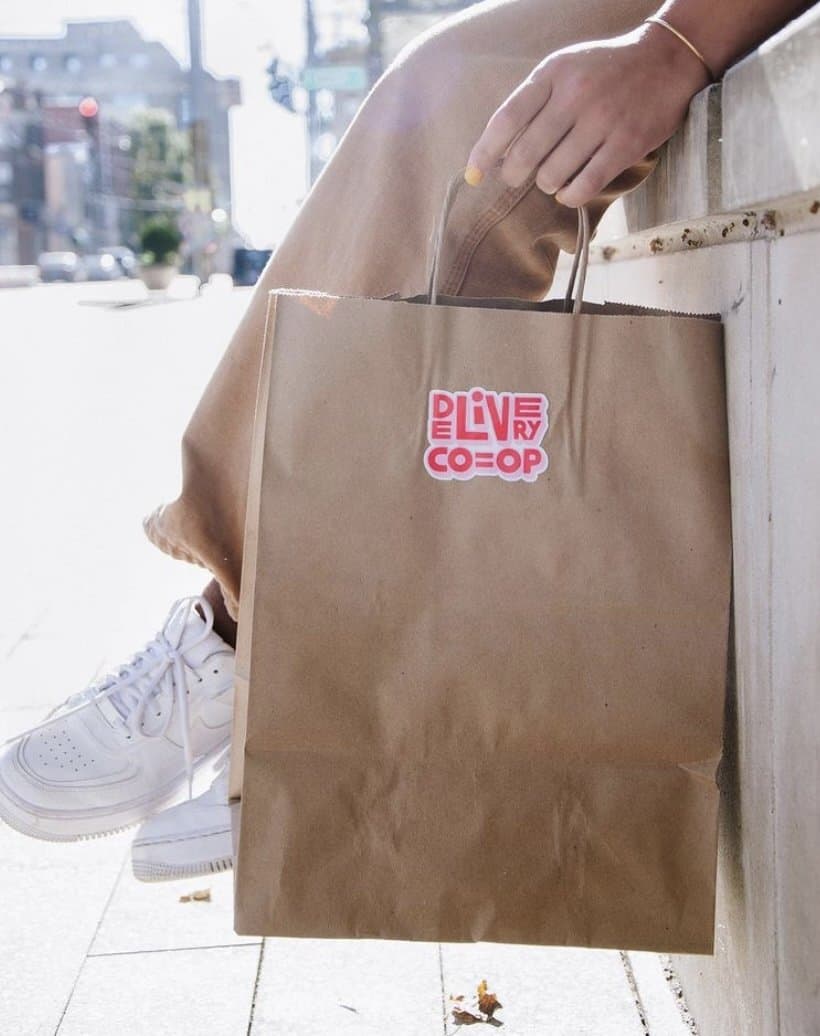
Many of these companies require customers to order through their own website versus the restaurant’s. Some are developing standalone marketplace apps, which can quickly become a daunting challenge, both financially and technically. Withers said he took programming courses before bringing Delivery Co-op to life.
Spreading the word can also be tough. These businesses produce and organize most, if not all of their marketing and advertising in-house, while DoorDash and UberEats hire the Sesame Street crew and Cardi B to hawk their services during the Super Bowl. O’Malley at LoCoOmaha said strong local media coverage helped to spread awareness of their new company, as did the reviews customers shared “through the grapevine.” These co-ops also don’t require exclusivity from their members, who are free to list their restaurants on Seamless and Grubhub along with their local outfit.
Mendenhall sees one silver lining from Covid-19: It induced desperately needed change in the service industry, from diversified revenue streams, to updating technology and investing in living wages for drivers.
“The old model really wasn’t working for a lot of people,” she said. “The goal is for [937 Delivers] to be a lifeline, because in the long term, dining is not going to look like it did March 1 of 2020—for a very long time, if ever.”
This story was originally published by The Counter, a non-profit newsroom investigating the forces shaping how and what America eats. Read more at thecounter.org.



